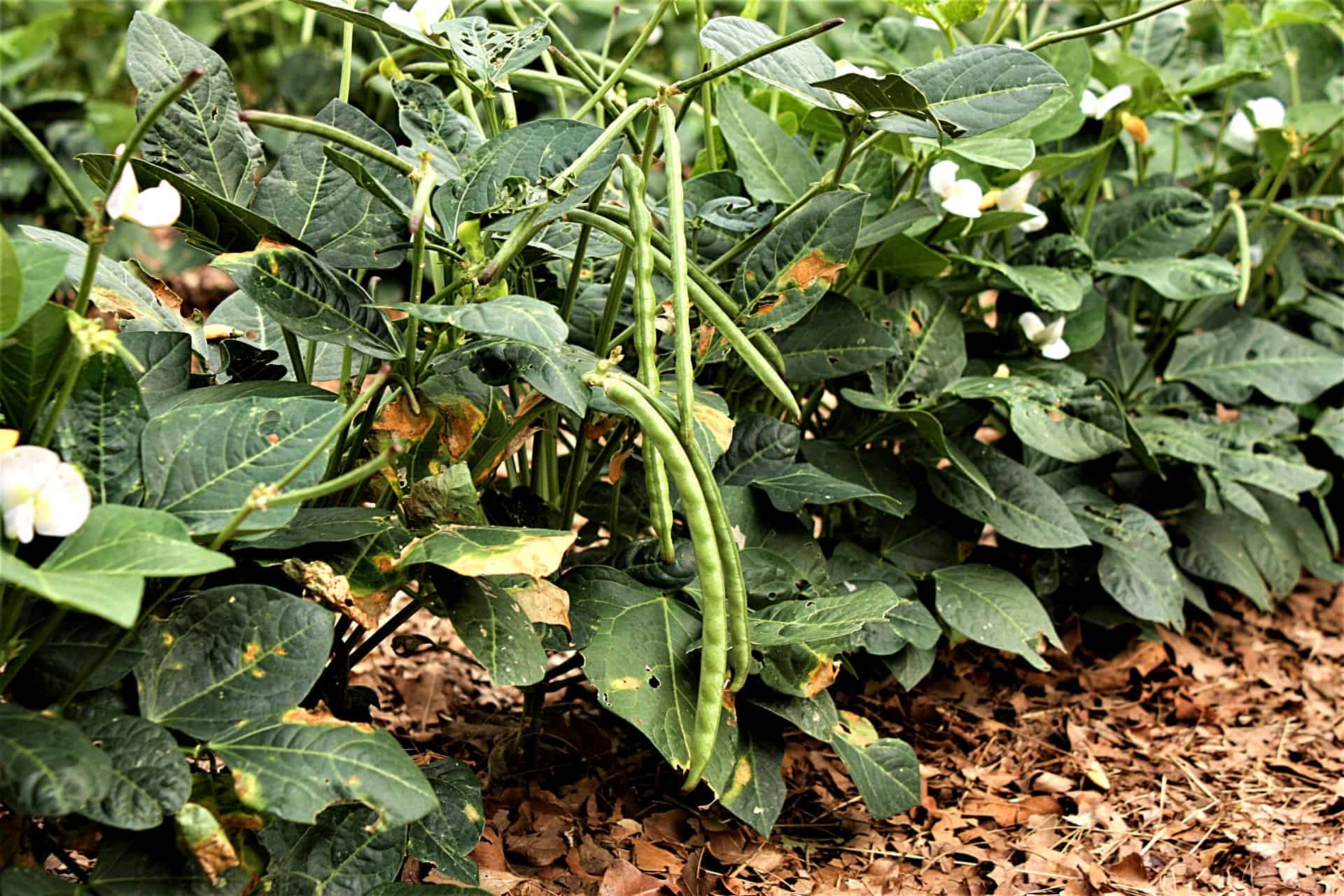To make agriculture more sustainable, a focus needs to be on the plant’s ability to get services from microbes in the soil.
The widespread use of chemical fertilizers has been detrimental to the environment in many areas of the world, leading to various forms of soil, water and air pollution.
Yet simple changes in agricultural practices can work wonders when it comes to reducing our dependence on fertilizers. One such change involves planting black-eyed peas in rotation with other crops.
The reason, say scientists at the University of California, Riverside, is that the legumes have a unique ability to obtain large amounts of nitrogen without the need for fertilizers by attracting and protecting nitrogen-fixing microbes that live in the soil.
Black-eyed peas are already a popular staple in diets in many parts of the world and a team of scientists at the university set out to investigate the plant’s ability to attract beneficial, nitrogen-fixing bacteria not only in the wild but even during agricultural cultivation.
During their experiments the scientists examined 20 different types of black-eyed peas, both wild and cultivated, so as to learn about the plant’s genetic basis for establishing symbiotic relations with beneficial microbes. They have found that some of the cultivated strains “appear to have gained more benefit from bacteria than their wild ancestors,” according to Joel Sachs, a professor of evolution and ecology who was part of the research.
The legumes employ a process whereby they emit chemicals through their roots to attract bacteria called rhizobia, which fixes nitrogen in the soil. These roots then form nodules that protect the rhizobia and supply them with carbon, in return for which service the black eyes peas receive a useful, fixed form of nitrogen from the microbes, the scientists explain.
“When the plant senses it is going to die, it releases the bacteria into the soil, replenishing it,” says Gabriel Ortiz, a plant pathologist. “Growers could alternate seasons of legumes with other crops, leaving the soil full of nitrogen-fixing bacteria that reduce the need for fertilizer.”
Better yet, the legumes are relatively tolerant to droughts, which makes them an ideal crop in more arid areas like southern California.
By employing this natural ability of the plants, farmers can wean themselves off a dependence on nitrogen-based fertilizers, much of which often ends up in the atmosphere as a greenhouse gas or leaches into water bodies like streams, lakes and rivers where nitrogen feeds harmful algae blooms that kill aquatic animals like fish.
“To make agriculture more sustainable, one of the things we need to do is focus on the plant’s ability to get services from microbes already in the soil, rather than trying to get those services by dumping chemicals,” Sachs stresses.
This story first appeared on Sustainability Times
© 2022 Sustainability Times.
This article is licensed under a Creative Commons Attribution-ShareAlike 4.0 SA International License.












